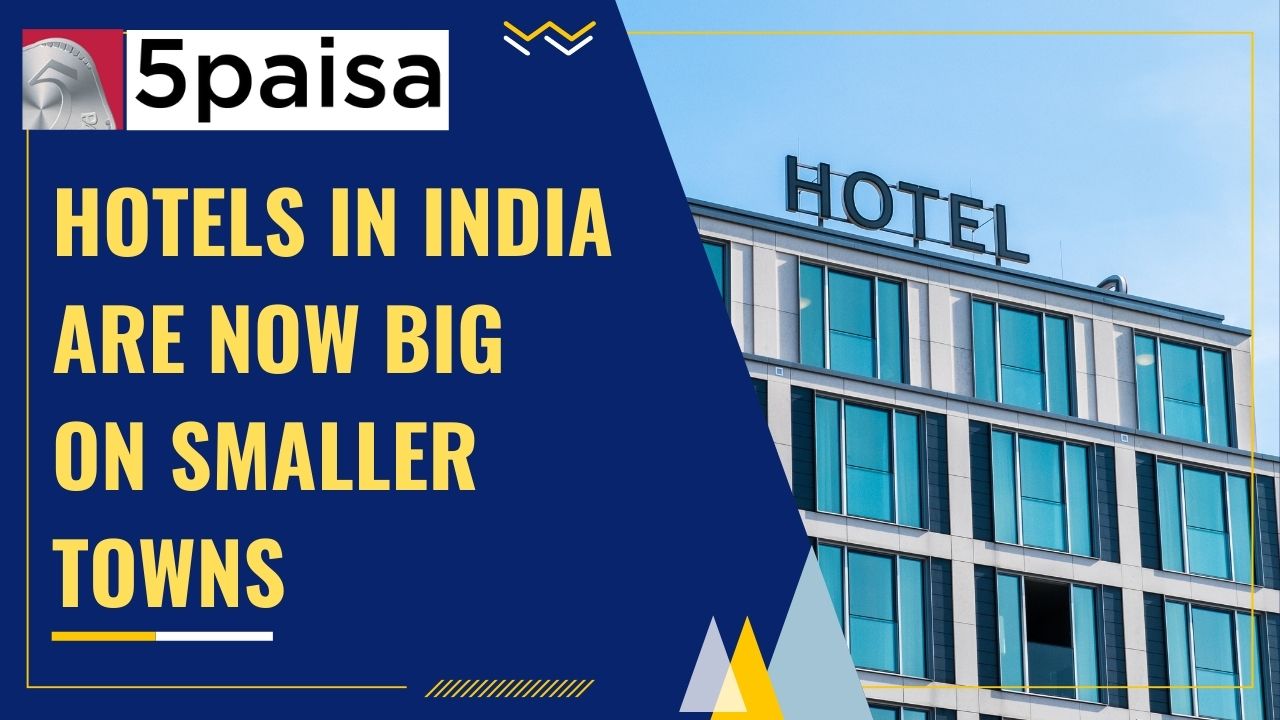L&T Eyes $50-$60 Billion Projects by FY25, Plans Major O2C Investments
Hotels in India are now betting big on smaller towns

Last Updated: 27th March 2023 - 05:15 pm
When we think of star hotels in India, our first thoughts are the swanky located near major airports in Mumbai, Delhi, Chennai, Bengaluru etc. Alternatively, the enduring image are those posh high-rise hotels in iconic locations like Nariman Point and BKC in Mumbai, South Extension in Delhi, or MG Road in Bengaluru. That may be gradually saturating. Not surprisingly, some of the biggest hospitality names are now shifting to smaller locations or what can be called Tier-2 and Tier-3 cities. According to a recent study by JLL, nearly 43% of planned pipeline is falling in Tier-2 and Tier-3 markets. That is hardly surprising because if you go by the number of keys opened in the last fiscal year, nearly 67% were opened in Tier-2 and Tier-3 cities. That is expected to rise to 75% next year.
Interestingly, demand in the Tier-2 and Tier-3 cities actually gained from the pandemic. For instance, while most of the urban hotels go hit by the contact-intensive nature of the business, the hotels in Tier-2 and Tier-3 areas sustained themselves much better. In fact, these smaller town hotels also did not have to lower their tariff rates. Post the pandemic, the bounce in demand was also the most visible in the Tier-2 and Tier-3 towns as occupancy in these hotels was much higher than in urban centres. The markets in smaller towns may be very different but that is the growing pie and none of the big hotel names really want to miss out on this goldmine of an opportunity.
We are not talking about the low cost chains or the lesser known hotel groups. Even a global leader like Accor of France is serious looking at Tier-2 and Tier-3 cities in India. Accor has admitted that they plan to be more aggressive in offering franchises for their economy and mid-scale brands. Some of their popular brands in this category include Novotel, Mercure and Ibis; and all three are planning serious forays into the Tier-2 and Tier-3 segments. During the pandemic, Accor put a lot of focus on smaller towns. It launched Raffles in Udaipur and Novotel in Chandigarh. Even the Fairmont hotel is all set to open in Shimla by the year 2026. Clearly, Accor has already signed 10 franchise deals; mostly in Tier 2 and 3.
Even the Indian brands like Indian Hotels of the Tata group and the Leela group are aggressive on smaller towns. For instance, IHCL already operates “lean luxe” brand Ginger in most of the Tier-2 and Tier-3 cities along with state capitals. Today, Ginger operates an equal number of Ginger hotels as the Taj brand. That is not all. Taj will not remain restricted to the handful of Indian cities. It will also foray appropriately into smaller places. Even the Leela sees big opportunity in Tier-2 and Tier-3 towns. India is rediscovering itself in terms of new and remote locations; hence the combination of the right asset, great location and a great kind of price and service positioning can make a substantial difference to the market.
Another player, Radisson group, is not too far behind. For example, Radisson Group now has hotels in places like Katra near Jammu and Jalandhar in Punjab. To an extent, much better rail, road, and air connectivity has also played a part in this small town foray of the hotels segment. Radisson believes there is a lot of pent up purchasing power in these smaller towns and that is likely to show up in more conspicuous consumption in the coming months. Clearly, the definition of hotels and hospitality is undergoing a major shift in India and it is likely to be a win-win for everyone.
- Flat ₹20 Brokerage
- Next-gen Trading
- Advance Charting
- Actionable Ideas
Trending on 5paisa
05
 Tanushree Jaiswal
Tanushree Jaiswal
Indian Market Related Articles
Disclaimer: Investment in securities market are subject to market risks, read all the related documents carefully before investing. For detailed disclaimer please Click here.
 5paisa Research Team
5paisa Research Team




